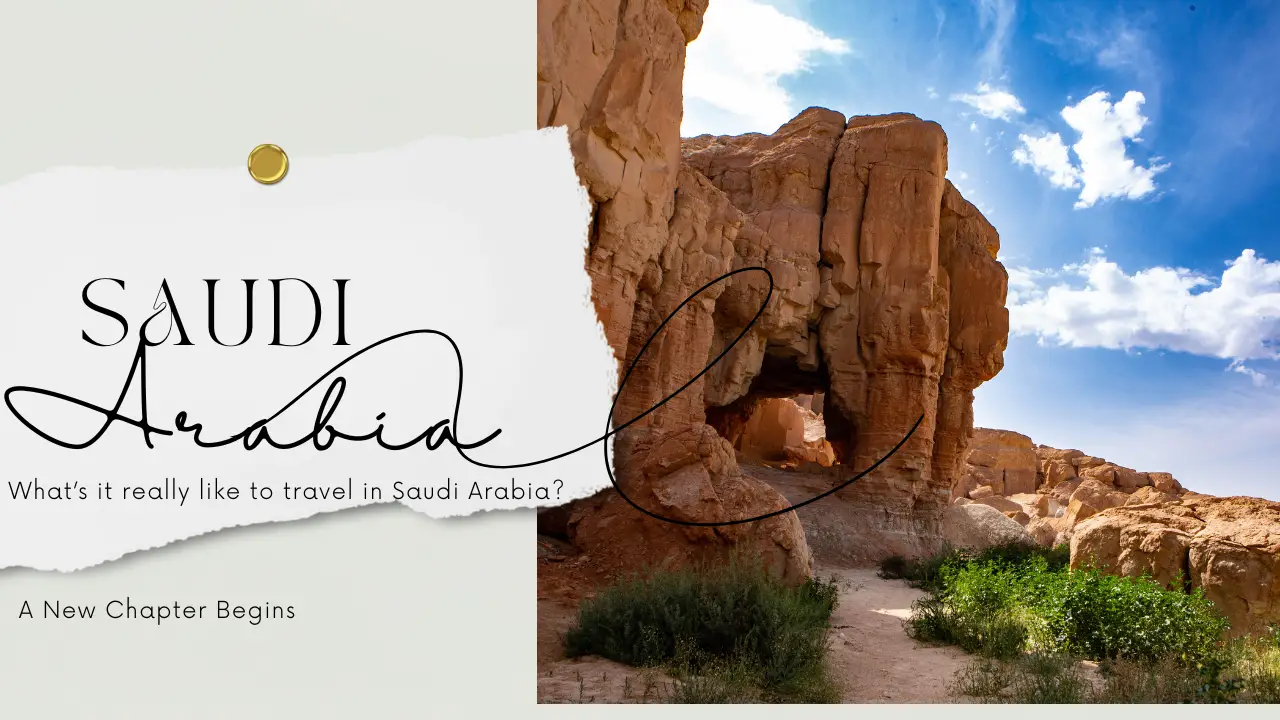
Table of Contents
In 2019, Saudi Arabia made headlines by introducing an easy-to-obtain tourist e-visa for visitors from more than 49 nationalities, marking a historic shift as the kingdom opened its doors to the world. What was once a country restricted to Muslim pilgrims has now embraced international tourists from all backgrounds, allowing them to experience Saudi Arabia’s rich history, vibrant culture, and striking natural beauty. But what’s it really like to travel in Saudi Arabia, a nation known for its conservative traditions and deeply rooted customs? Here’s an unsponsored look at traveling through this fascinating, evolving country.
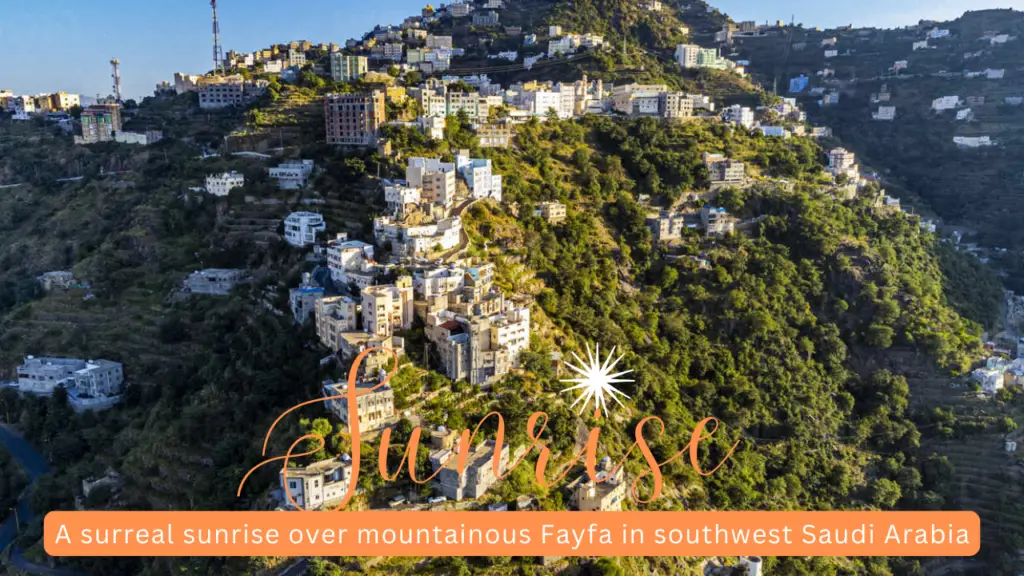
A Landscape Beyond Deserts
Contrary to the image of endless sand dunes, Saudi Arabia’s landscape is strikingly diverse. Sure, sand dunes stretch for miles, but the kingdom offers much more. Travelers will find lush oases teeming with date palms, verdant mountains in the south draped in mist, and a stunning coastline along the Red Sea. Here, white-sand beaches and coral reefs, vibrant with marine life, await exploration. Surprisingly, few locals venture to these secluded beaches, making it easy for visitors to enjoy a quiet slice of paradise in this unique land.
Rapid Social Changes
In a bid to attract tourists and boost the economy, the Crown Prince has initiated a series of unprecedented reforms. Foreign women are no longer required to wear abayas, and unmarried couples may now share hotel rooms. Foreign and Saudi women alike are allowed to drive, and gender-segregated entrances at restaurants are largely a thing of the past. While cinemas, music festivals, and other entertainment options were virtually nonexistent until recently, they’re now flourishing as Saudi Arabia continues its rapid transformation. However, change doesn’t happen overnight, and the degree of openness can vary across the country. In major cities like Riyadh and Jeddah, for instance, locals are more likely to be receptive to the new changes, whereas rural areas may still follow more conservative customs.
Gender Segregation Still Prevalent
Saudi Arabia remains one of the most gender-segregated societies in the world. Although laws have changed, and gender mixing is now permitted, cultural norms still dictate many aspects of life. For example, while women now have more freedom in public spaces, they are often still expected to dress modestly and may feel out of place in areas dominated by men. Restaurants may still maintain separate “singles” (for men) and “family” sections, especially outside major urban areas, and women are less visible in public spaces compared to men. For travelers, this segregation might feel unusual or restrictive, especially in more traditional parts of the country.
Eerie, Post-Apocalyptic Vibes
With vast empty streets and an almost exclusive dependence on cars, many places in Saudi Arabia can feel eerily deserted. Streets are often quiet, and large parks and playgrounds stand empty, giving certain areas an almost post-apocalyptic feel. In these expansive spaces, you might catch sight of migrant workers but few locals. The empty streets and unused structures give Saudi cities a surreal, abandoned atmosphere, especially for those used to bustling urban landscapes.
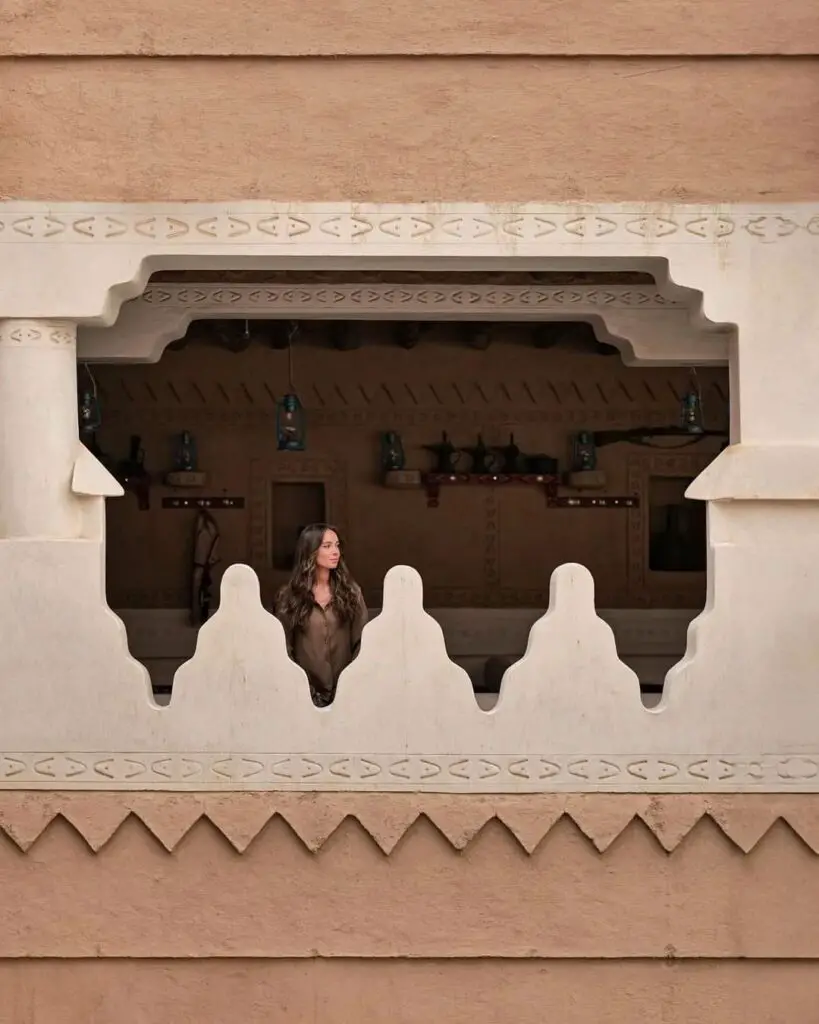
An American Influence
It’s perhaps unexpected, but traveling through Saudi Arabia can feel like stepping into a version of the United States. Large, open highways stretch between cities, and American fast-food chains are as common as they are in any American suburb. Even the architecture and the cars on the roads have an American feel, reflecting the influence of many Saudis who have studied abroad, particularly in the U.S. Malls and indoor spaces play a central role in socializing, and there are few options for pedestrians or public transportation, making a car essential for getting around.
Navigating Sensitive Topics
Saudi Arabia is still a place where critical commentary, especially regarding politics, religion, and social issues, is best avoided. Speaking critically about the royal family or engaging in discussions on topics such as feminism, LGBTQ+ rights, or atheism is not only frowned upon but could lead to severe consequences. Travelers should be cautious about openly discussing sensitive subjects unless they are in private and with trusted individuals. It’s wise to respect local sensibilities and avoid putting locals in uncomfortable or risky situations.
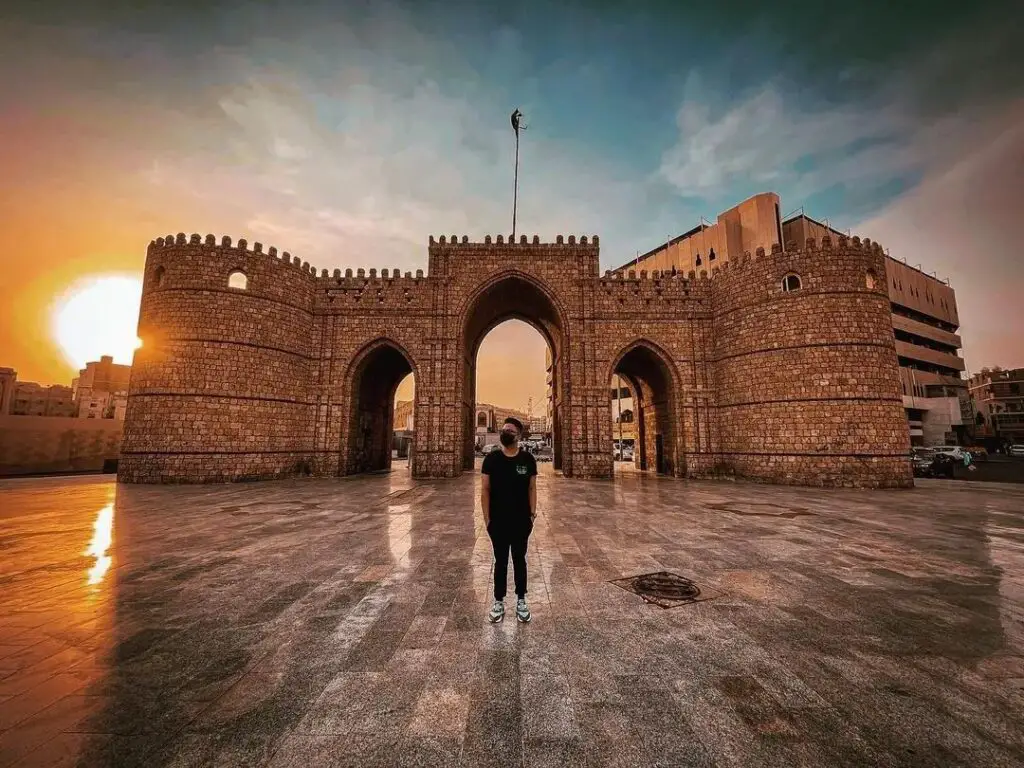
A Focus on Luxury Tourism
Saudi Arabia is quickly developing a reputation for high-end tourism. From luxury resorts along the Red Sea to ambitious projects like NEOM—a futuristic city promising innovations like flying cars and AI-enhanced living spaces—the kingdom is heavily investing in exclusive, upscale experiences aimed at affluent travelers. However, this shift toward luxury has also created a polished, almost “Disneyfied” version of Saudi Arabia that sometimes feels at odds with its authentic, historic past. For travelers hoping to experience Saudi Arabia’s history in its rawest form, this growing focus on luxury can be both exciting and disappointing.
A Culinary Journey
Food is a highlight of any trip to Saudi Arabia. With a rich culinary tradition shaped by centuries of trade and migration, Saudi cuisine is diverse and flavorful. Meals are typically centered around rice and meat, with popular dishes like kabsa (spiced rice with meat) taking the spotlight. The influence of Yemeni, Turkish, and Egyptian flavors is evident across the country, with shawarma and ful being street food favorites. For those craving international flavors, Saudi Arabia’s large expatriate community has brought Pakistani, Indian, and Bengali cuisines to the table. And for dessert? The dates are unrivaled, and no visit would be complete without a cup of Arabic coffee.
Hospitality and Colorism
While Saudi hospitality is legendary, travelers’ experiences can vary based on appearance and nationality. Fair-skinned, Western visitors are often warmly welcomed, with offers of food, gifts, and invitations to tea. However, those with darker skin may encounter a different side of Saudi society. Racism and colorism are issues in Saudi Arabia, and non-Western visitors, especially those from Asia or Africa, may find that their experiences with locals are not as hospitable as those of their Western counterparts.
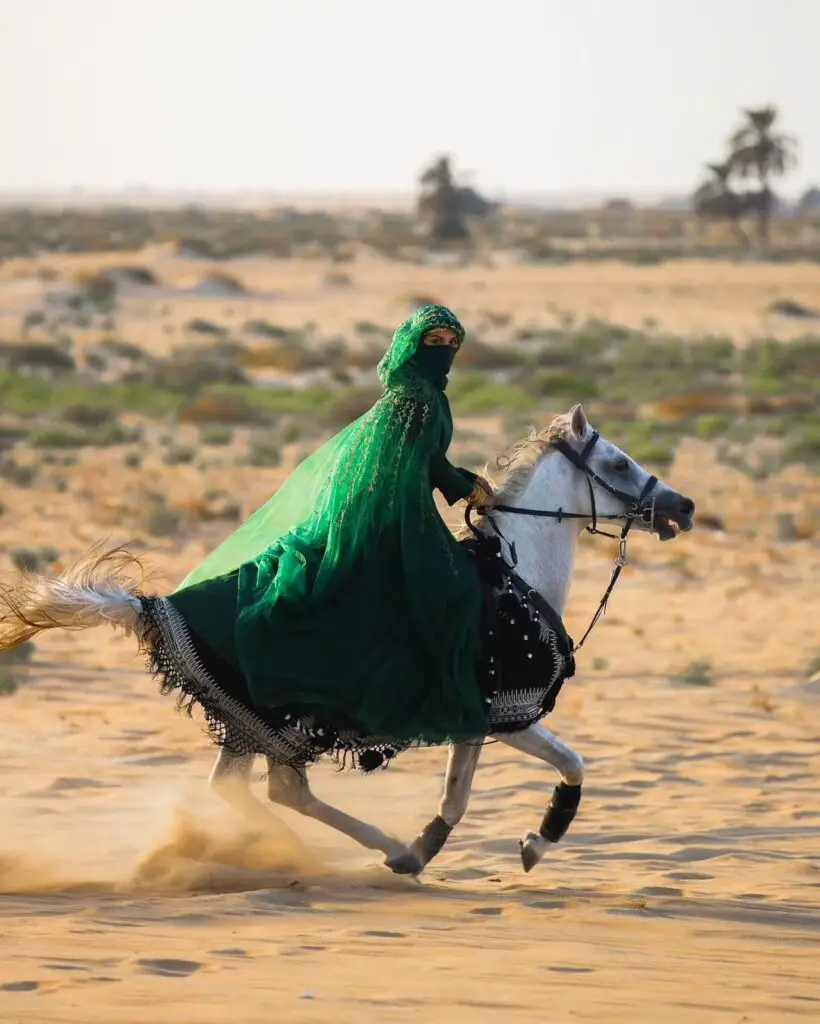
A Country of Contrasts
Saudi Arabia is a land of extremes, where ancient traditions coexist with ultra-modern development. Glittering skyscrapers stand beside crumbling mud houses, and the intense heat of desert cities contrasts with the cool, green mountains of the Asir region. While cities like Jeddah are known for their progressive atmosphere, allowing women to walk unveiled and unaccompanied, a few hours south, you’ll find villages where life follows more traditional, conservative rules. These contrasts create a fascinating, multifaceted experience that leaves travelers with much to process.
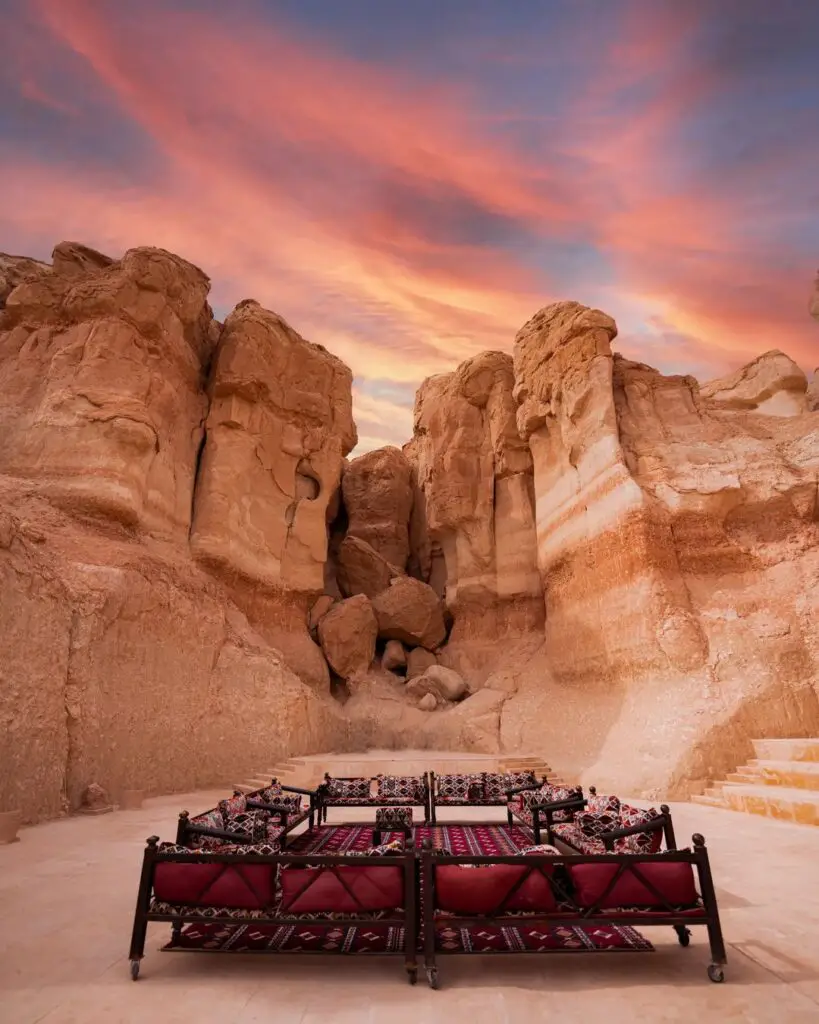
A Social Life Behind Closed Doors
For those hoping to meet locals, it’s worth noting that Saudi society tends to be insular. Many Saudis socialize within private homes or exclusive compounds, where social norms can be relaxed, alcohol may be served, and foreigners are often welcomed. But outside these walls, meeting locals can be a challenge, and visitors are more likely to interact with foreign workers than with Saudi citizens. Platforms like Couchsurfing can be useful for connecting with Saudi travelers and learning more about local culture from an insider’s perspective.
A Hidden World of Drinks and Drugs
Despite Saudi Arabia’s strict prohibition on alcohol and drugs, a hidden culture persists. Many expats brew their own alcohol, and hashish is relatively easy to find, though prices have risen due to regional conflicts. Khat, a plant with stimulant properties, is also commonly chewed in the southern regions. While it’s best for travelers to avoid these illegal substances, it’s clear that, as in any country, some people find ways around restrictions.

Final Thoughts: To Visit or Not to Visit?
Saudi Arabia is both everything you expect and nothing like you might imagine. Its conservatism is balanced by surprising moments of openness, and its natural beauty rivals any other destination in the region. Although the kingdom might not yet be a top choice for casual vacationers, for those curious about one of the world’s most complex cultures, Saudi Arabia is worth a visit. Whether you’re drawn by its history, landscapes, or the chance to experience a country still untouched by mass tourism, Saudi Arabia offers a unique journey unlike any other.
This blog post aims to capture the nuances and unexpected moments that make traveling in Saudi Arabia a distinctive experience. Let me know in the comment section if there’s anything more you’d like to add or explore!
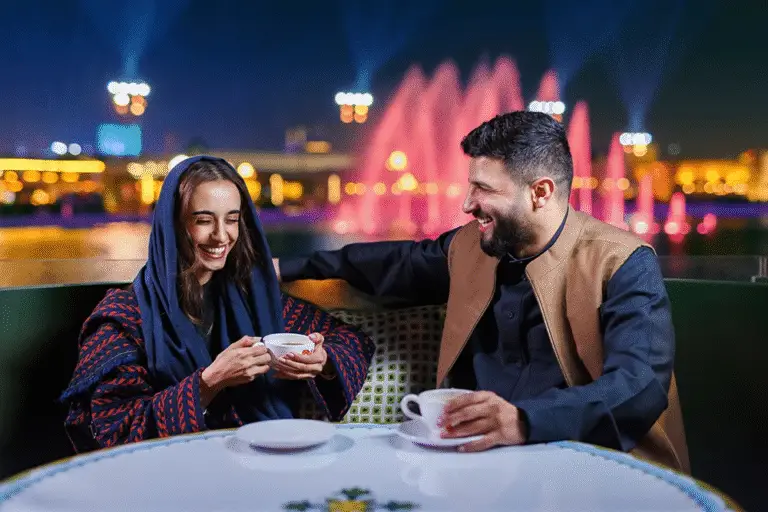

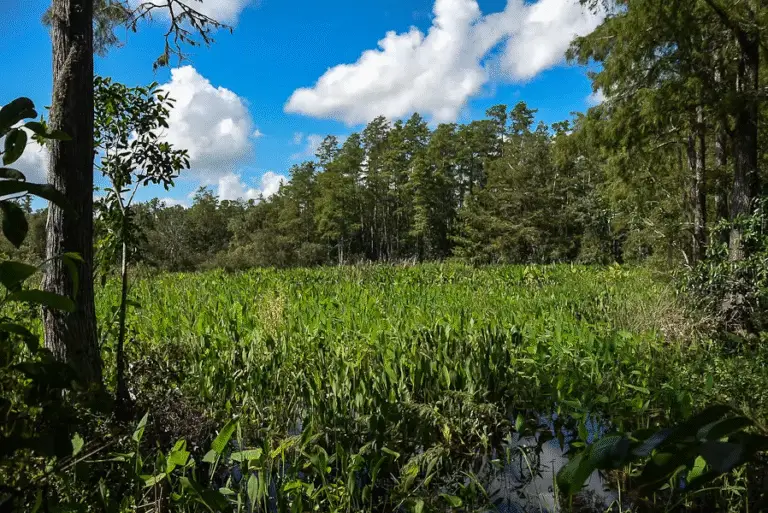




Allhumdulillah